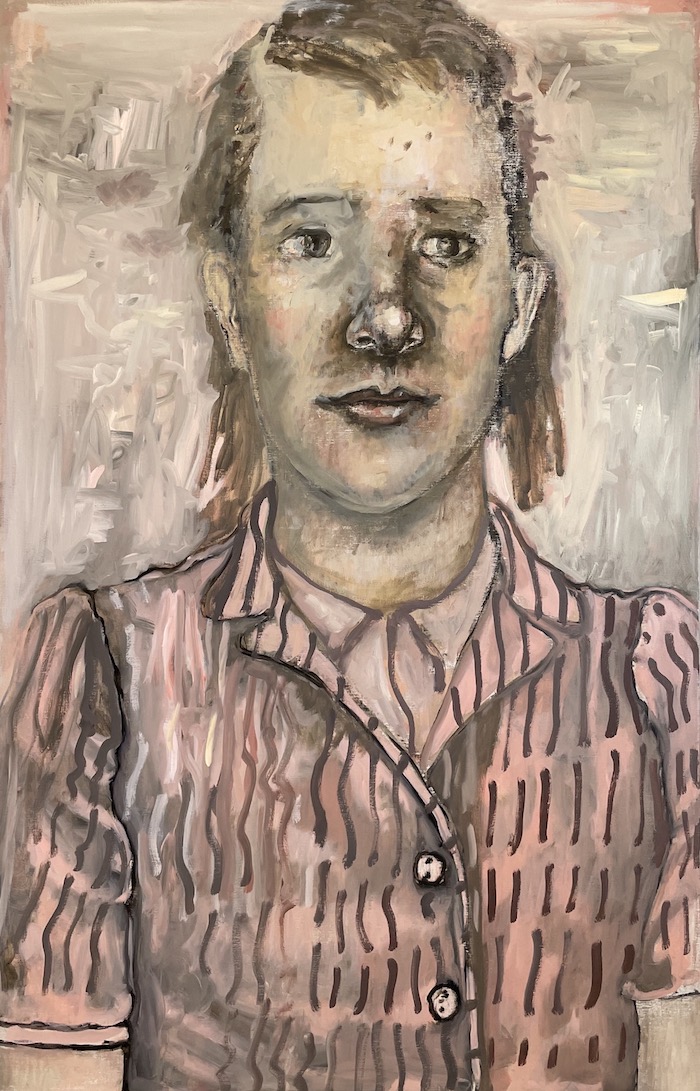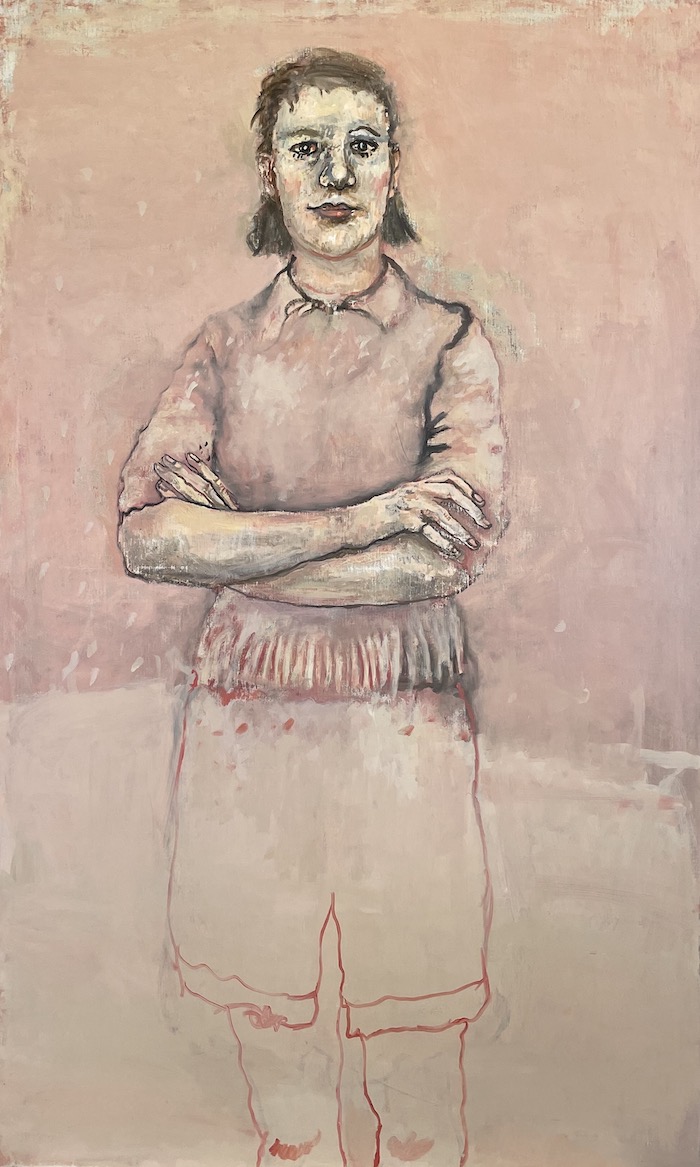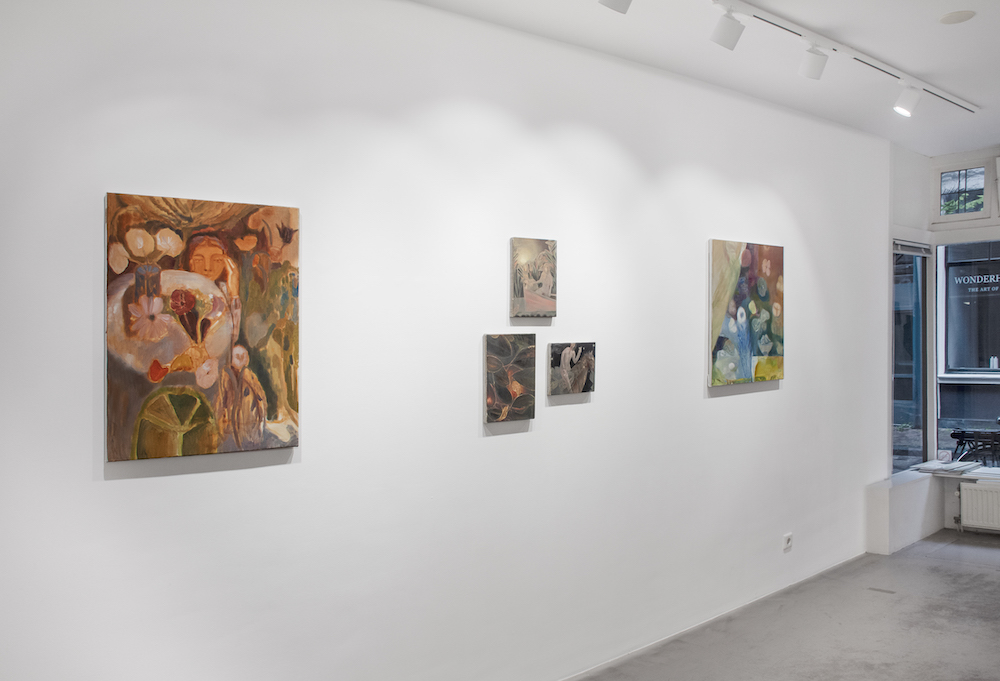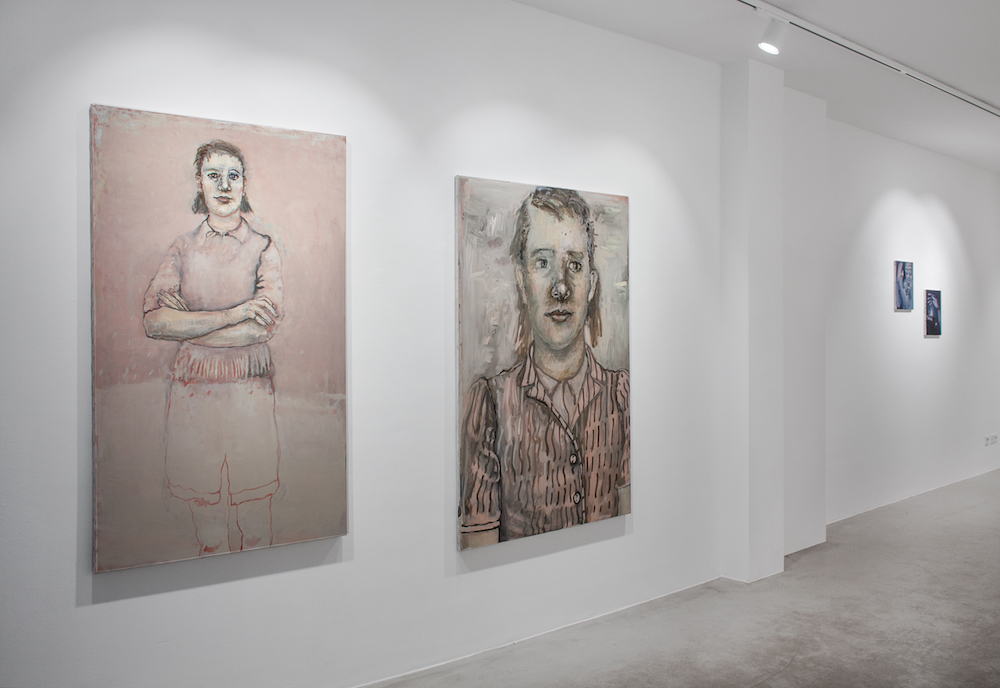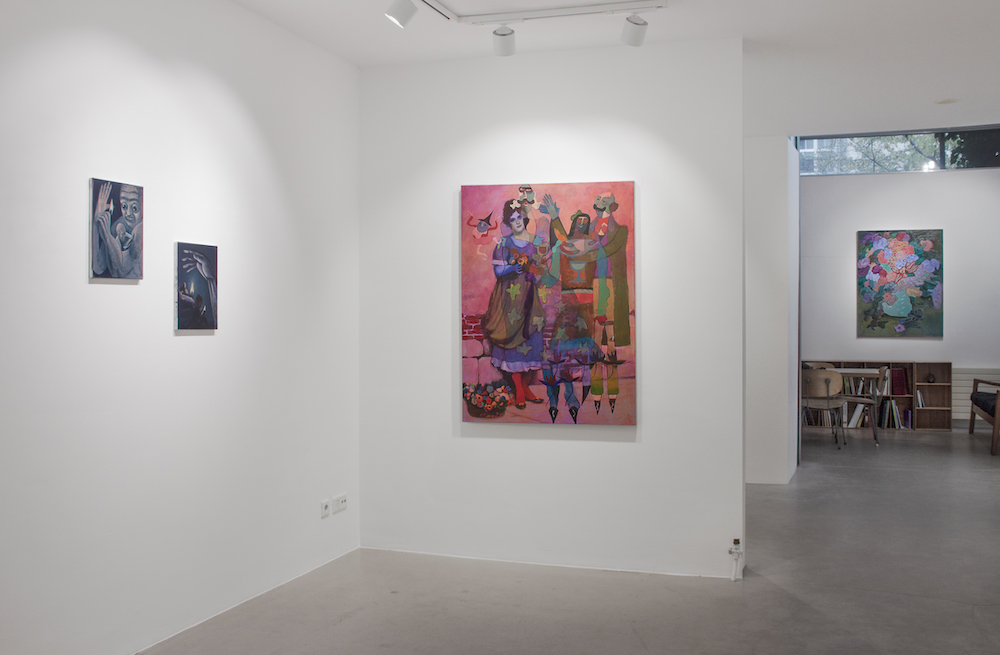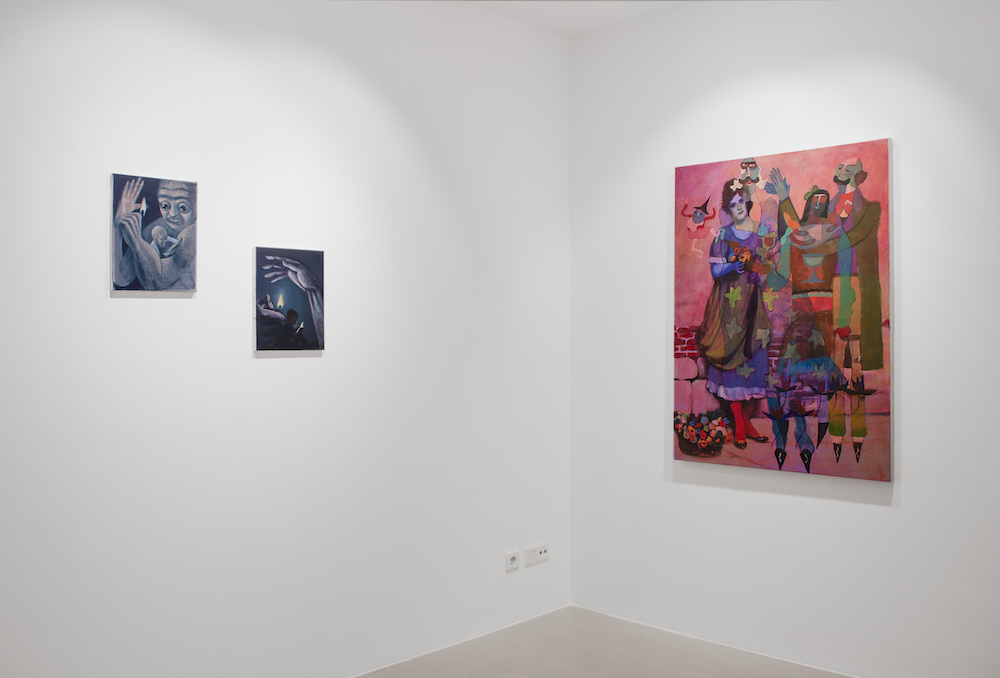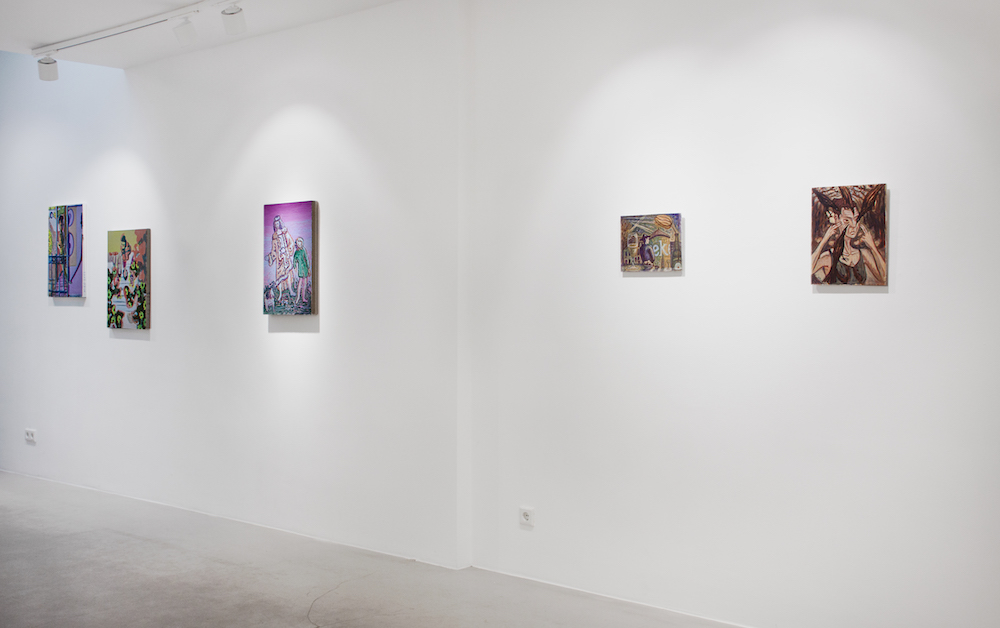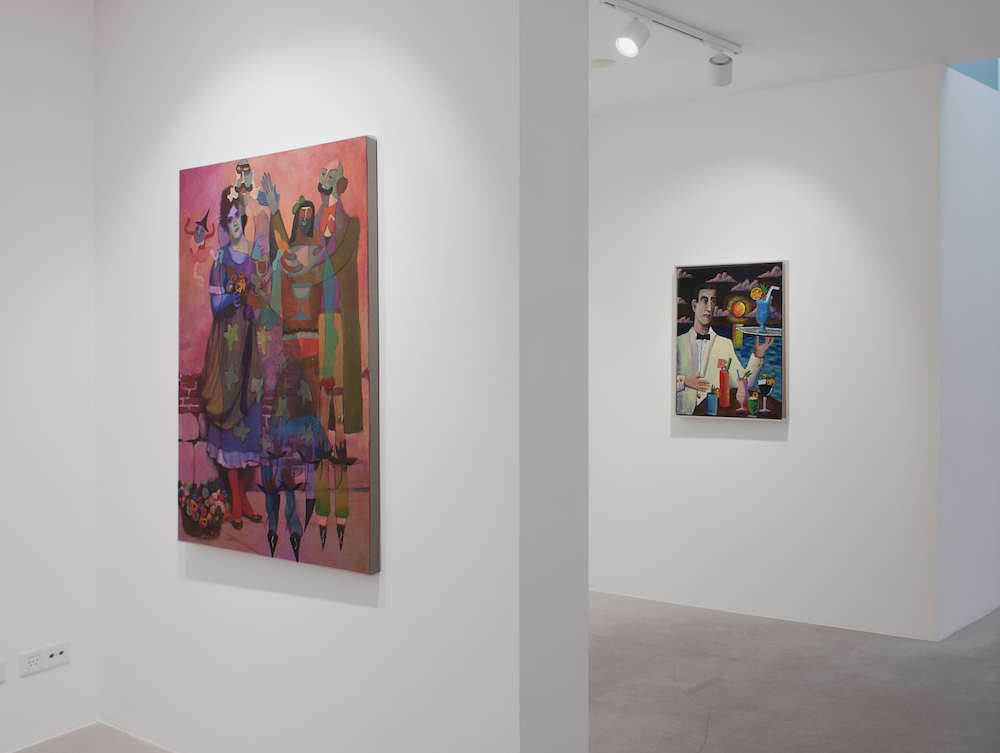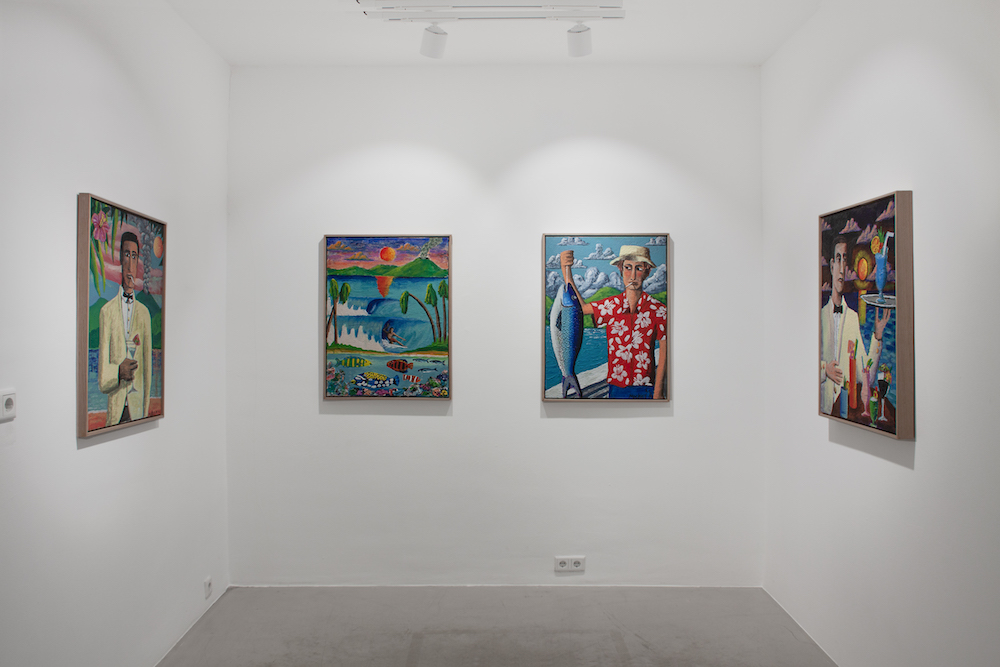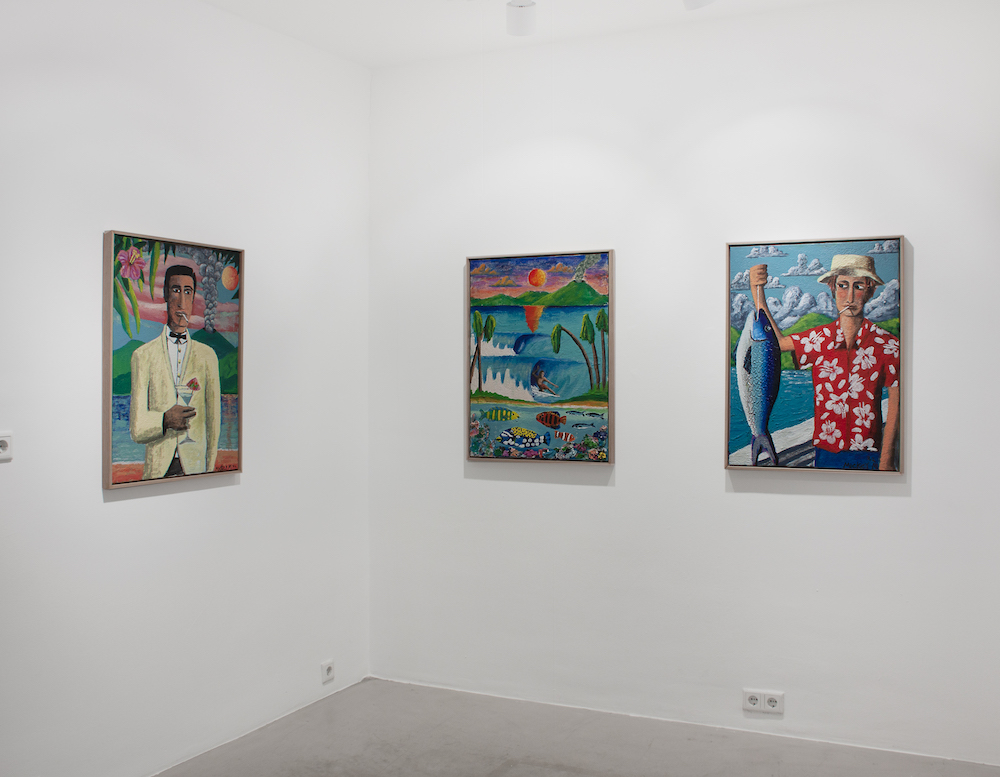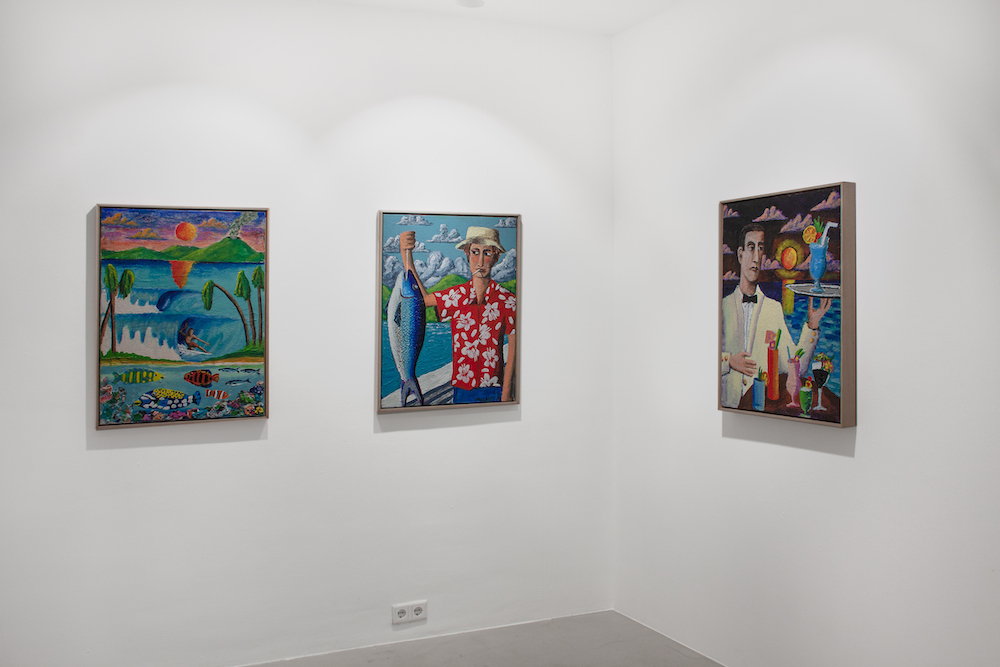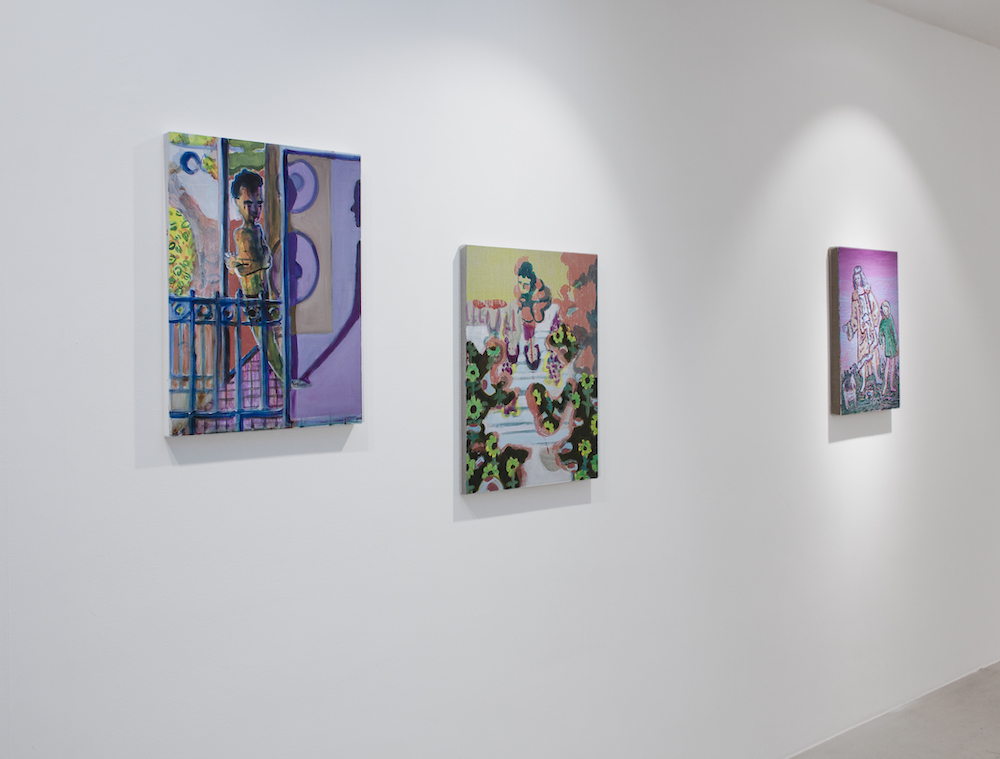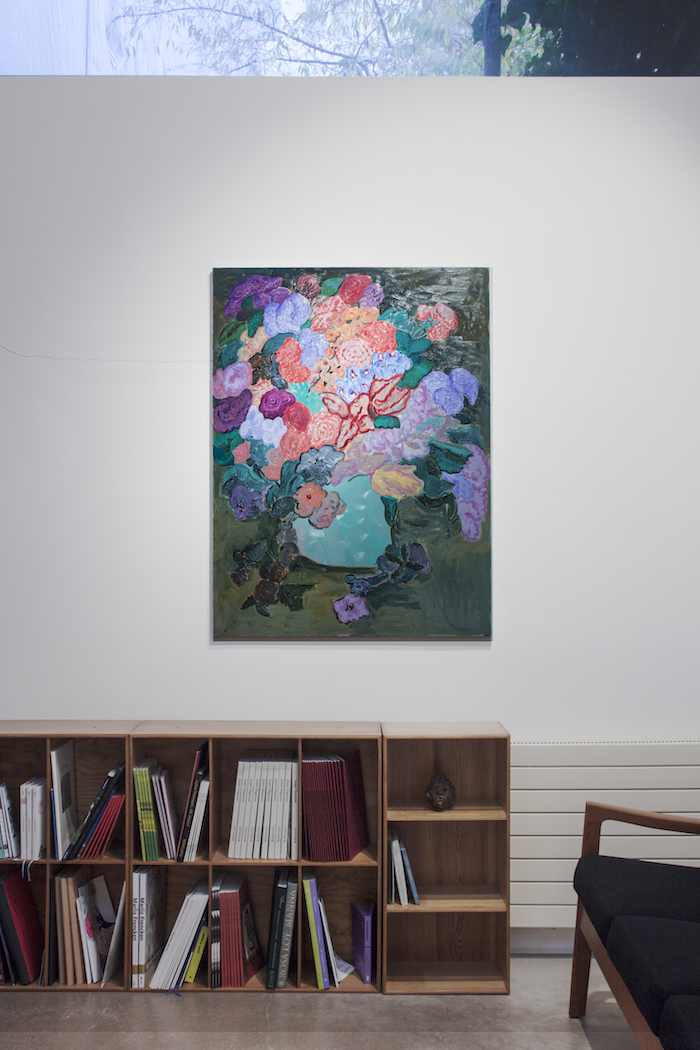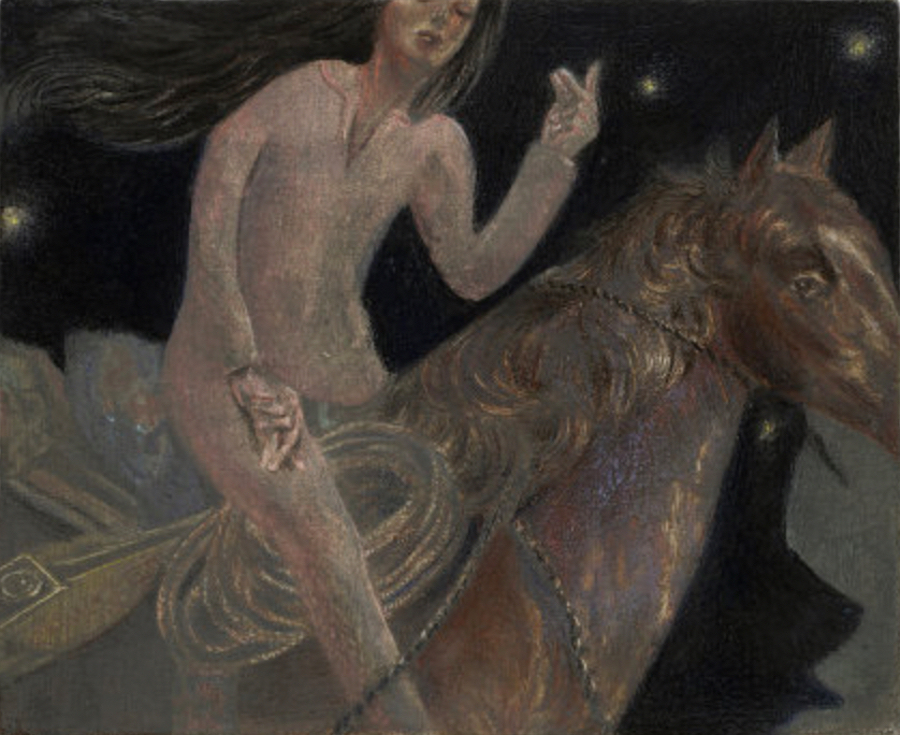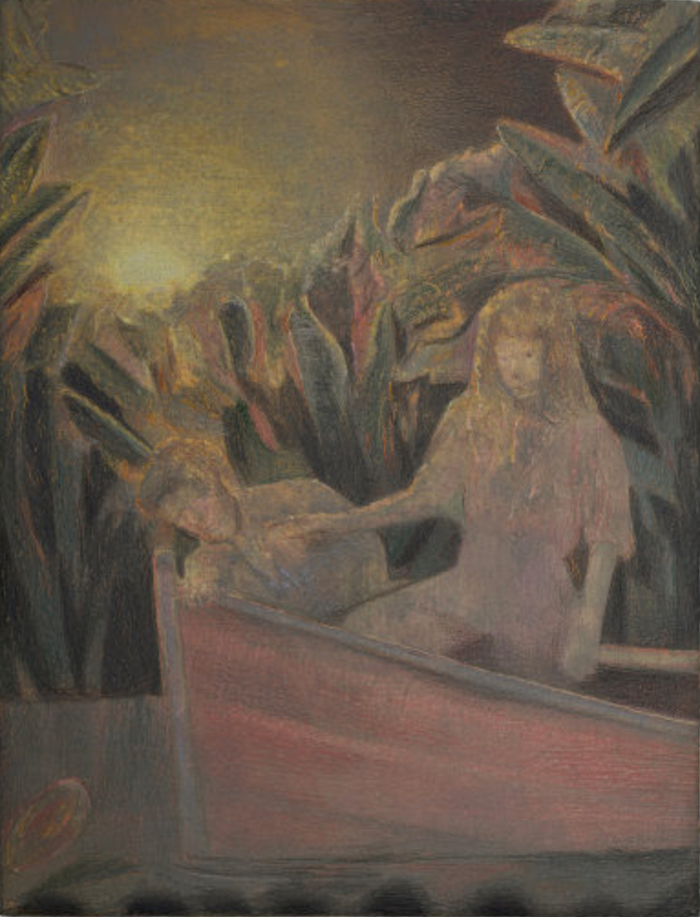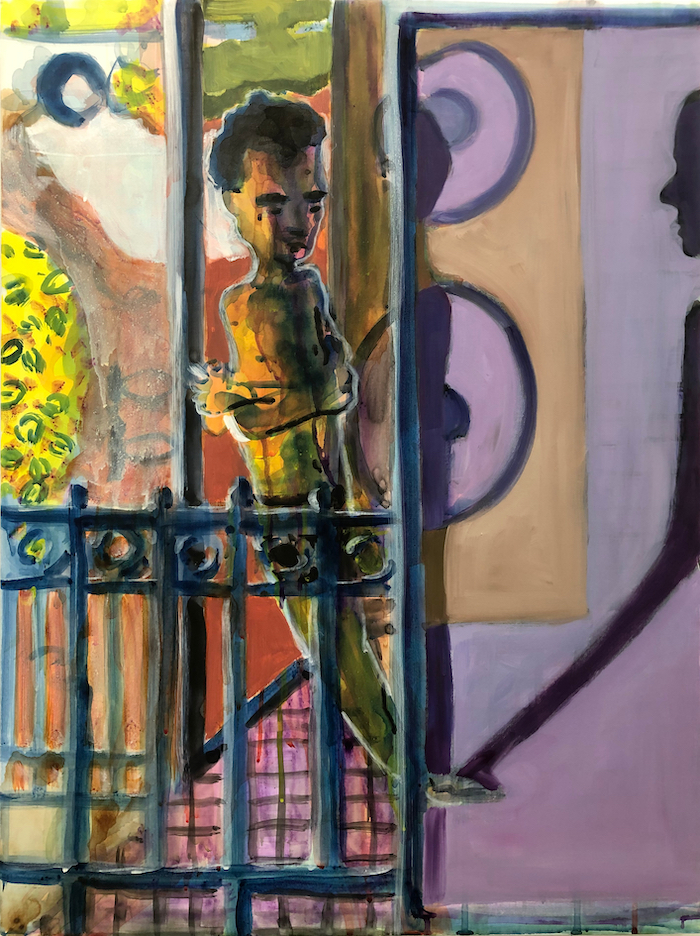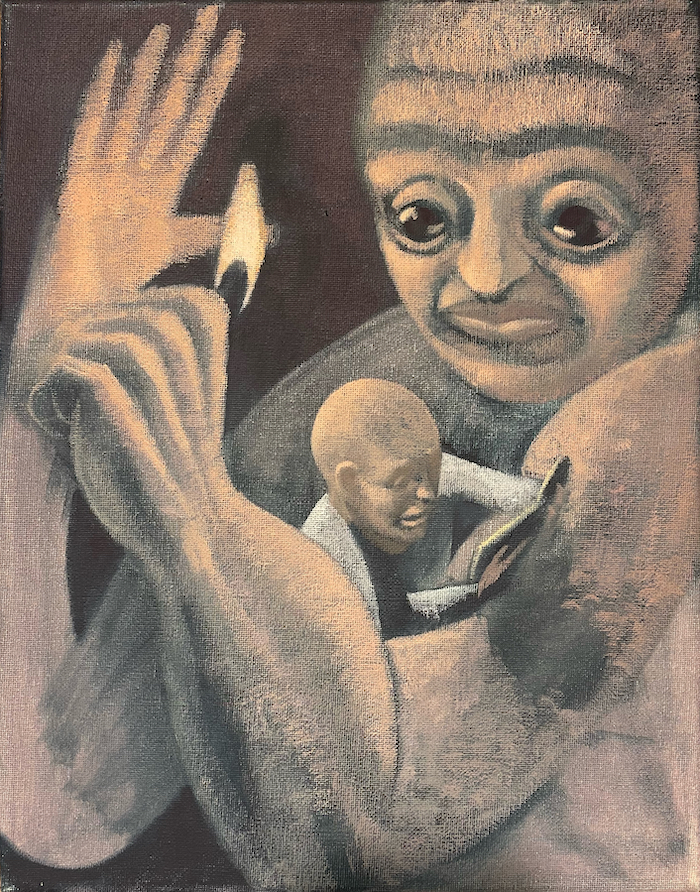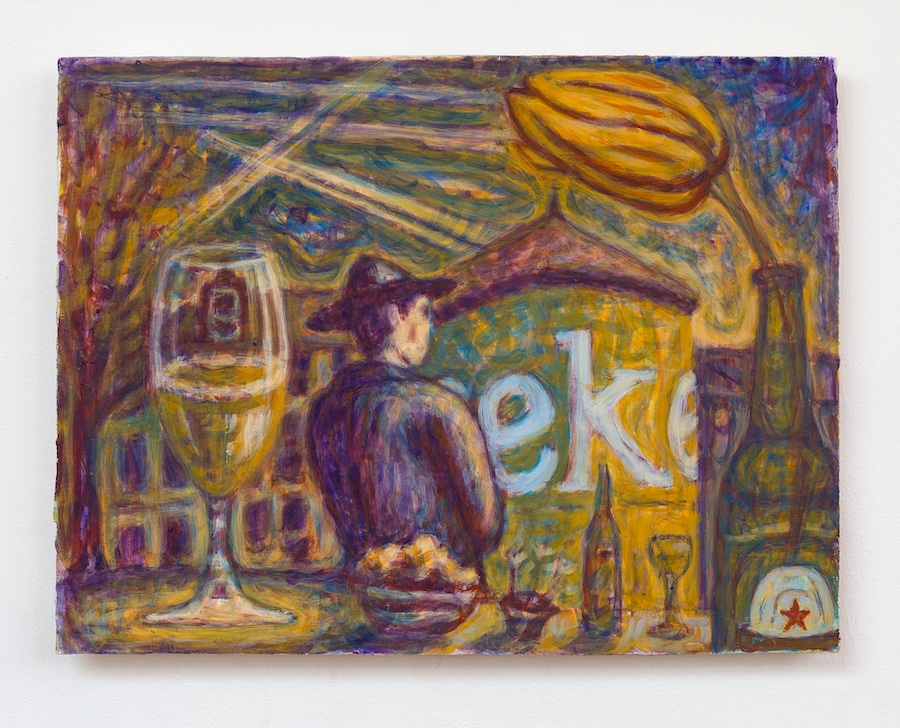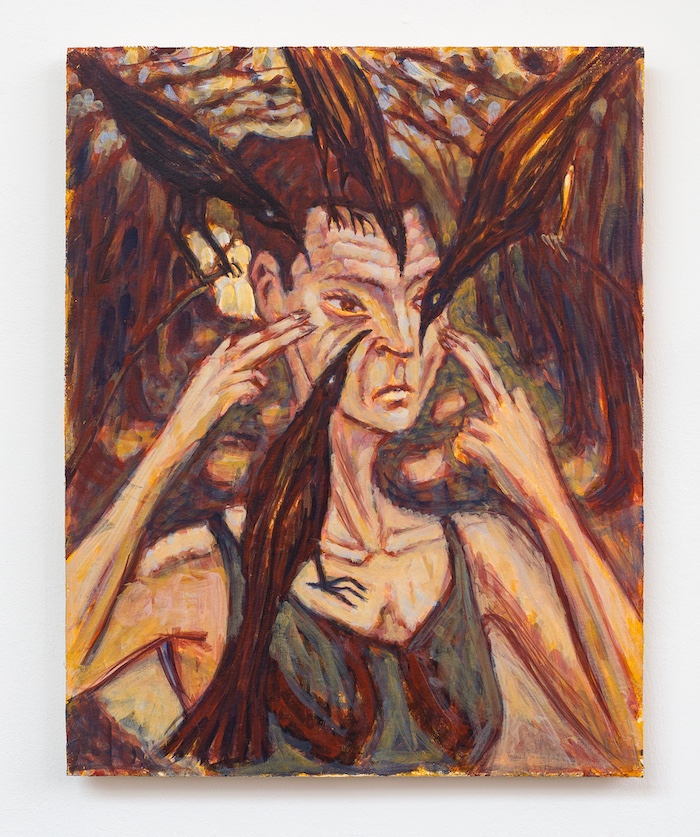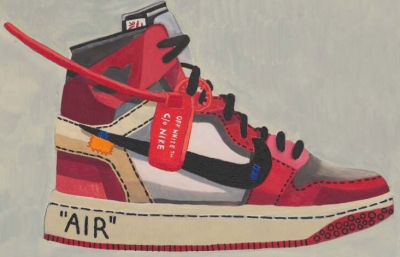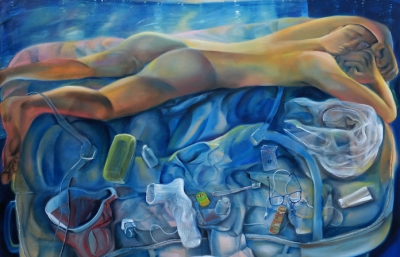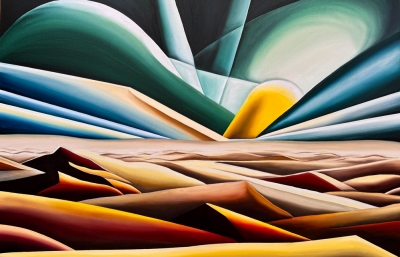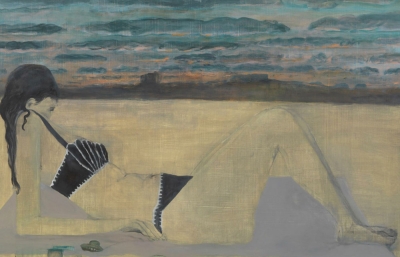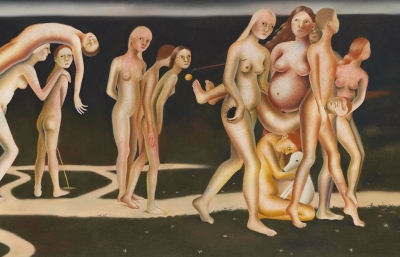The accuracy with which one can portray anything from our surroundings is strongly affected by their singular, subjective vision. A small group of mostly French artists in the late 19th century harnessed this phenomenon when creating work that used individuality and spontaneity to capture the unique atmospheric effects of the desired scene. But where Impressionists took off from the shackles of realism backed by the introduction of the first cameras, the artists featured in Viscereal are going one step further. By confidently entering the realm of fantasy and imagination they’re tapping into the deepest inward feelings while inviting us to look past the obvious and consider the visceral aspect of these optical delights.
When talking about the first Impressionists' pieces that shook up the Parisian art scene back in the day, Frederick Wedmore stated that these artists are painting things, "not just as they are, but as they appear to be." But when the urge for an actual portrayal diminishes and the interest in the imagination takes over, things get increasingly more exciting and intriguing. Like their famed predecessors, the featured artists are sourcing their inspiration from real life, personal experiences, everyday scenery, and landscape, regularly putting an accent on the depiction of light (Majić, Black). The arrested ephemeral effect, either when filtering through other elements or reflecting on carefully built surfaces, depicts the volumes and perspective as well as suggests the relationships between the subjects or elements. But while these relationships might be the pillars of the narrative, it's the accentuated ambiance and color setting of the works thats disclosing how these artists aren't afraid o showing their sensitivity through the construction of images imbued with a strong emotional charge. Where Impressionists followed the increasing pace of life and included the elements of such change in their work, these artists call upon moments of introspection and much-needed downshift. And their subdued palettes of yellows, browns, and greens (Polatch, Majić, Milbarth), is certainly a key element for the melancholic feel that permeates many of the examples, just as the vibrancy of the main colors adds a sense of life to otherwise still imagery (Mason, Hennely, Veldkamp).
And whilst some adopted the illustration-like linework to strictly define the image attributes and hold on to the viewer's gaze (Petker, Polatsch, Majić), other artists build fluid images in which elements morph and melt into each other, making the scene more precious and delicate (Veldkamp, Milbarth). By allowing for colors to intermingle, forms to shapeshift, and brushwork to dance between them, they seem to be capturing a flickering, fleeting moment, just as the artist might've witnessed or more likely, envisioned it. And whether working with the heavily diluted paint that transforms the image into a ghostlike apparition or the heavily layered mass of lively brushwork that clearly defines the image, the Expressionists' urge to depict the subjective emotions and responses to objects and events is also present in some of the works. Regardless of which part might come from rational observation and which are generated by irrational, internal processes, the images are often reduced to simplified forms in these suggestive scenes. Scenes, that are frequently elevated from their contemporary and mundane origins into a surreal or fantastical sphere. There, their overlapping, smoothened appeal, and fluidity adds the sense of dynamic or time passage while working in line with Impressionists' full dedication to the exploration of the painting mediums, tools, and techniques, and utilization of paint's arcane materiality. —Saša Bogojev
Viscereal is on view at Althuis Hofland in Amsterdam through December 31, 2022



